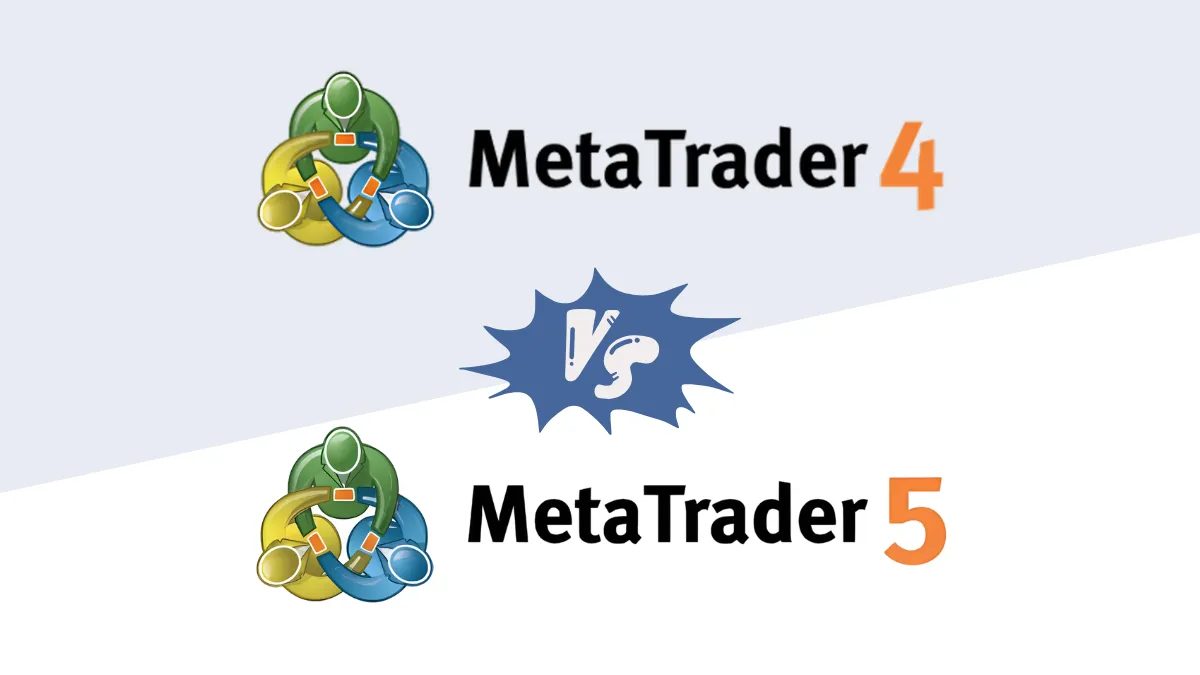What is the order execution quality of forex brokers?
"Order execution quality" is an important indicator of the service level of forex brokers, directly affecting traders' profitability and trading experience. Order execution quality refers to the efficiency, accuracy, and price stability with which brokers execute orders in the market after receiving clients' trading instructions. This includes the speed of order execution, the frequency of slippage, opportunities for price improvement, and instances of requote. High-quality order execution ensures that traders can execute orders at prices closest to their expectations, thereby reducing risk and enhancing trading profitability.This article will explore the concept of order execution quality, how to assess brokers' execution quality, and the factors that influence order execution quality.
1. Key Elements of Order Execution Quality
The order execution quality of forex brokers can be assessed through multiple indicators, which determine whether traders can obtain the best trading conditions in the market. Here are several main elements of order execution quality:A. Order Execution Speed
"Order execution speed" is one of the core indicators of order execution quality, referring to the time interval from when a client places an order to when the order is actually executed in the market. The faster the execution speed, the more likely traders are to complete transactions at prices close to what they saw when placing the order.- Instant Execution: Excellent brokers should be able to execute orders within milliseconds, especially under conditions of sufficient liquidity in the market. This is particularly important for high-frequency traders and short-term traders, as market prices can change rapidly in a short time.
- Risk of Delayed Execution: If the order execution speed is too slow, prices may change during the execution process, leading to slippage or requote, which in turn affects traders' profitability.
B. Slippage
"Slippage" refers to the difference between the actual execution price of an order and the price expected by the trader. Slippage can be positive or negative. Positive slippage occurs when prices improve, resulting in a better price than what was seen when placing the order, while negative slippage occurs when prices worsen, leading to a final price that is worse than expected.- Positive Slippage: Brokers are able to provide price improvements when market conditions are favorable, which is a sign of high-quality execution.
- Negative Slippage: Negative slippage may be more common during periods of high market volatility, especially in situations of insufficient liquidity. Excellent brokers will strive to minimize the occurrence of negative slippage.
C. Requote
"Requote" occurs when brokers are unable to execute an order at the price at which the client placed it, and the broker offers a new price to the client, asking whether to accept the new price for order execution. Requote typically slows down the trading speed and may cause traders to miss the best trading opportunities.- Low Requote Frequency: High-quality order execution should minimize requotes. Brokers should have sufficient technical capabilities and liquidity supply to ensure that orders can be executed at the price at which the client placed the order.
- Impact of Requote: Brokers that frequently requote usually affect traders' trading experience and reduce their profit potential.
D. Price Improvement
"Price improvement" refers to the final execution price of an order being more favorable than the price seen by the trader when placing the order, which is a positive slippage phenomenon. When brokers can find better prices in the market, they reflect this price in the execution of the client's order, thereby enhancing the trader's profitability.- Opportunities for Price Improvement: Excellent brokers should be able to provide opportunities for price improvement when market conditions are good, especially in markets with high liquidity.
- How to Measure Price Improvement: Traders can measure whether brokers frequently provide price improvement by looking at the differences between execution prices and order prices in their trading history.
2. Factors Affecting Order Execution Quality
The order execution quality of brokers depends on multiple factors, including the broker's technical infrastructure, liquidity provider network, and order execution model. Understanding these factors helps traders assess the quality of brokers' services.A. Broker's Technical Infrastructure
Order execution quality heavily relies on the broker's "technical infrastructure." Brokers need to have stable and efficient trading platforms and order execution systems to ensure that orders are executed at the fastest speed.- Low Latency Technology: Quality brokers will use low latency technology to ensure that orders can be executed at the millisecond level, which is particularly important during fast market movements.
- Stability: The stability of the technical platform determines whether brokers can maintain reliable order execution during high traffic or significant market volatility.
B. Number and Quality of Liquidity Providers
Forex brokers rely on "liquidity providers" to offer buy and sell prices to their clients. The number and quality of liquidity providers directly affect the speed of order execution and price stability.- Multiple Liquidity Providers: Brokers that collaborate with multiple liquidity providers can ensure that they obtain the best buy and sell prices under different market conditions, thereby improving order execution quality.
- Depth and Stability of Quotes: The greater the depth of quotes from liquidity providers, the more competitive the prices brokers can obtain, and the corresponding risk of slippage will decrease.
C. Broker's Order Execution Model
The broker's "order execution model" significantly impacts order execution quality. Different models have different ways of risk assumption and order execution.- A-Book Model: In this model, brokers pass client orders to external markets, and client orders are executed by liquidity providers. This model typically offers higher order execution quality because brokers do not assume market risk, and quotes are closer to actual market prices.
- B-Book Model: In the B-Book model, brokers internalize order processing, which may lead to order execution being influenced by the broker's internal risk management strategies, potentially increasing the occurrence of slippage and requote.
- Hybrid Model: Some brokers adopt a hybrid model, flexibly choosing between A-Book or B-Book models based on market conditions and client behavior, allowing them to maintain flexibility while ensuring order execution quality.
D. Market Conditions
Market conditions are also an important factor affecting order execution quality. When market volatility is high or liquidity is insufficient, brokers may encounter more instances of slippage and requote.- High Liquidity Market: During periods of high market liquidity (such as during the opening hours of the London and New York markets), order execution quality is usually better, with smaller spreads and lower slippage risk.
- Low Liquidity Market: During periods of insufficient market liquidity (such as during the opening of the Asian market or before and after major economic events), the risk of slippage and the probability of requote will increase.
3. How to Assess a Broker's Order Execution Quality?
Traders should understand the order execution quality of brokers and choose those that can provide stable and efficient execution. Here are several key steps to assess a broker's order execution quality:A. Review the Broker's Historical Order Execution Data
Some brokers provide historical data on their order execution, including execution speed, slippage conditions, and requote frequency. This data can help traders understand the broker's performance under different market conditions.B. Test the Execution Speed of the Trading Platform
Traders can test the order execution speed and slippage conditions by using the broker's demo account or conducting a small number of live trades. This allows them to directly understand the broker's execution situation and ensure its technical stability.C. Understand the Broker's Order Execution Model
Traders should understand the order execution model adopted by the broker (A-Book, B-Book, or hybrid model), as this will affect order execution quality. If the broker uses the A-Book model, orders are usually executed directly through liquidity providers, meaning traders can obtain prices closer to the market.Conclusion
The order execution quality of forex brokers directly affects traders' trading costs and profit potential. High-quality order execution includes fast order execution speed, minimal slippage, fewer requotes, and more opportunities for price improvement. Factors affecting order execution quality include the broker's technical infrastructure, the number and quality of liquidity providers, the broker's order execution model, and market conditions. Traders should choose brokers with excellent execution quality and transparency to ensure a stable and profitable trading experience.Hi, We are the Mr.Forex Research Team
Trading requires not just the right mindset, but also useful tools and insights.Here, we focus on Global Broker Reviews, Trading System Setup (MT4 / MT5, EA, VPS), and Forex Trading Basics.
We personally teach you to master the "Operating Manual" of financial markets, building a professional trading environment from scratch.
If you want to move from theory to practice:
- Help share this article to let more traders see the truth.
- Read more articles on Broker Tests and Forex Education.





